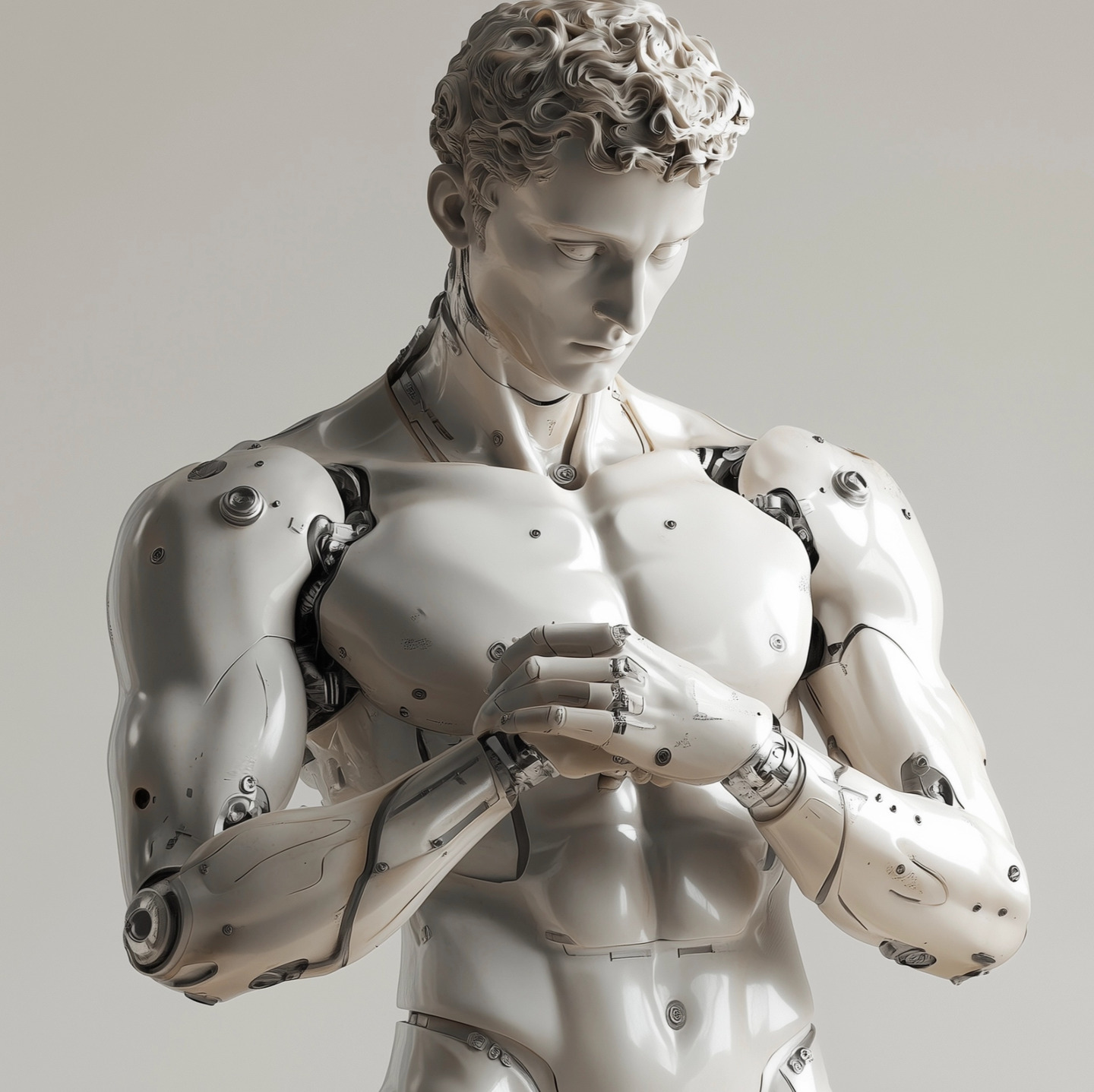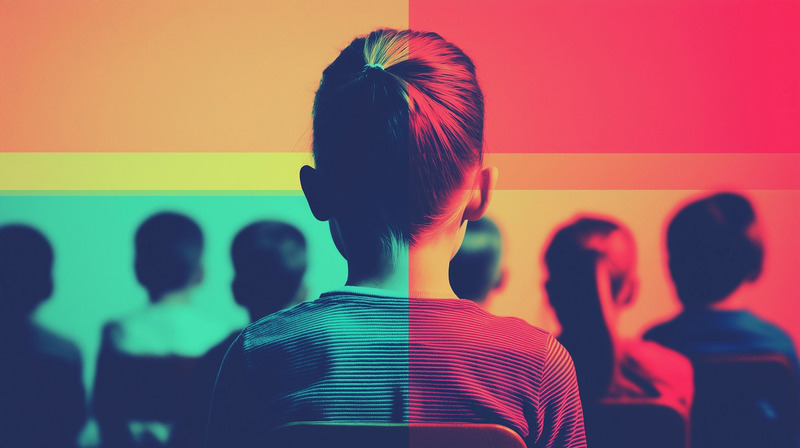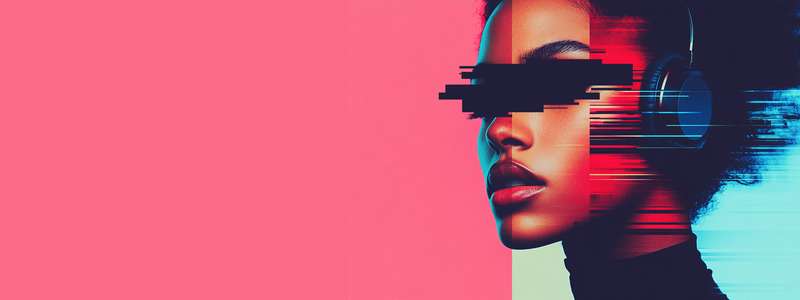“Ghibli-style,” they call it.
But this isn’t Ghibli. It’s not even close. It’s a knockoff, flattened and stripped of soul, funnelled through the same AI pipeline that’s been grinding human creativity into dust. And once again, it’s gone viral.
In March, OpenAI released its GPT-4o update a new toy, marketed as image generation with “a vast variety of styles.” That phrase? It’s corporate PR for “we scraped the entire internet.” They didn’t just take data. They devoured style, story, tone, and the entire lineage of visual language. They scraped palettes. Brushstrokes. Moods. Aesthetic legacies from cultures and creators who never consented. Then they boxed it.
Push a button, get a miracle. Upload your face, become a Ghibli character. Millions rushed in. Instagram is drowned in cartoon clones. TikTok followed. AI Ghibli influencers, presidents, porn. All candy-coloured. All fake. All part of the same game.
OpenAI didn’t just get engagement. They got fuel. One million new users in an hour. A historic revenue spike. Billions of training images uploaded for free. This was never an accident. This was bait. And we were the product.
Now OpenAI is building a social network around it not to “connect” people, but to scale the system. The engine needs more. More faces. More angles. More expressions. More you. So they’re creating a feed. A platform. A dopamine drip disguised as creativity.
This isn’t a feature. It’s infrastructure. And it’s built on theft.
You don’t own that Ghibli avatar. You don’t own your uploads. You don’t own the data your likeness is training. OpenAI does. And while you were busy watching your cartoon self-blink, something bigger happened they scorched the planet. After the Ghibli trend exploded, the load was so brutal it crashed systems. OpenAI had to roll back features. Cute didn’t just break the internet. It broke the grid.
But the environmental cost is only half the crime. Let’s talk about who gets erased when this machine runs.
Studio Ghibli didn’t authorise this trend. They didn’t partner, license, or collaborate. It doesn’t matter. Their aesthetic was taken anyway. That’s the current model of AI development: scrape first, monetise second, apologise never.
Even Sam Altman, OpenAI’s CEO, got in on the joke. “Someone made me a Ghibli twink,” he posted. People laughed. But it wasn’t self-deprecating. It was a power flex. He wasn’t mocking himself. He was showing you how easily your trust could be gamified.
He laughed because it worked.
What’s worse is the model that generates your soft-eyed avatar didn’t train on harmless fan art. It fed on the work of real artists many now displaced, invisible, broke. It learned from cultures it doesn’t understand, from communities that weren’t consulted, from aesthetics born of centuries of storytelling and struggle. It chewed it up. Flattened it. Decontextualised it. Sold it back to you as fun.
Miyazaki, the creator behind Studio Ghibli, once said AI-generated art was “an insult to life itself.” He saw what was coming. Art made without hands, without soul, without sorrow. A machine that mimics meaning but feels nothing. Creates nothing. Cares about nothing but scale. Now his life’s work has been reduced to a style pack for a platform he never touched.
We’ve been trained to love our own exploitation. Because what this generation of AI has mastered isn’t image generation. It’s emotional capture. The illusion of creativity and the simulation of connection. Are we so starved for beauty, so desperate to be seen, that we’ll take anything even a synthetic version of ourselves and call it art. Even when it might cost us everything.
This isn’t just about fan art or filters. It’s about agency. It’s about who gets to create. Who gets paid and who gets erased. It’s about what kind of future we’re training these models to serve and who gets sacrificed to build it. OpenAI doesn’t want artists. They don’t want your creativity they want your compliance, your clicks, your face turned into fuel for a model that only sees you as another variable to optimise. They are not building platforms for human expression; they are constructing pipelines where you are not the artist, but the raw material. What matters to them isn’t your imagination or your story it’s your output, your submission, your seamless integration into a system that profits every time you mistake extraction for engagement. We cannot keep mistaking viral trends for real value when the price of participation is our creative autonomy and the cost is being charged to the planet and the people least able to afford it.
We are not training these machines. These machines are training us to become more predictable, pliable, and willing to hand over our identities for a fleeting hit of algorithmic affirmation. They teach us to smile while our likeness is harvested, to celebrate while our labour is replicated, to call it art even as they call it product, even as they copyright the simulations and discard the source. This isn’t just another tech trend. This is the line we need to draw and we don’t want to let them cross.







